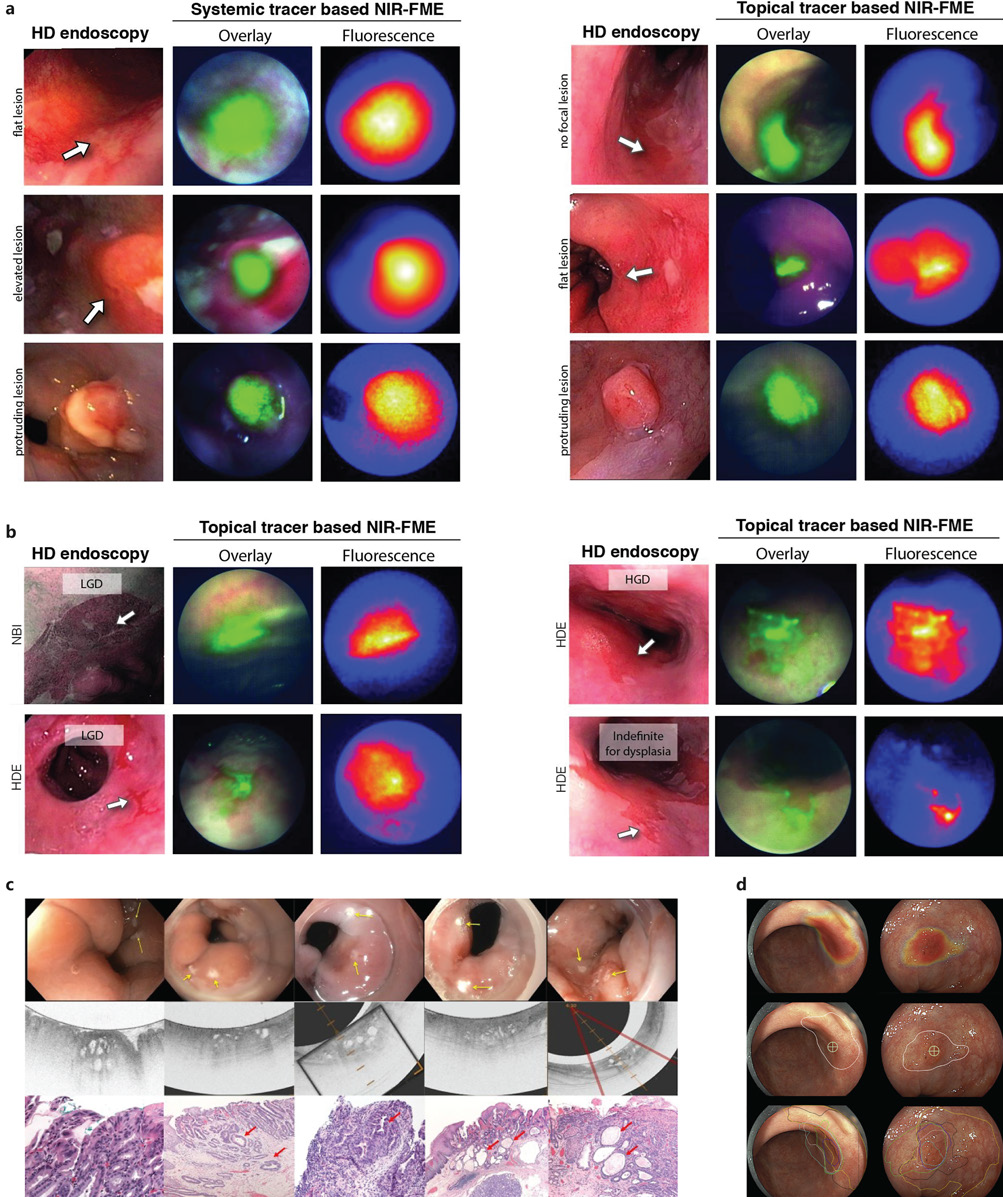New publication by van Heijst et al. in Visceral Medicine
The article entitled “Today’s Mistakes and Tomorrow’s Wisdom in Endoscopic Imaging of Barret’s Esophagus” can be found here.
Abstract
Background: Esophageal adenocarcinoma (EAC) is one of the main causes of cancer-related deaths worldwide and its incidence is rising. Barrett’s esophagus (BE) can develop low- and high-grade dysplasia which can progress to EAC overtime. The golden standard to detect dysplastic BE (DBE) or EAC is surveillance with high-definition white-light endoscopy (HD-WLE) and random biopsies according to the Seattle protocol. However, this method is time-consuming and associated with a remarkable miss rate. Therefore, there is great need for the development of novel reliable techniques to optimize surveillance strategies and improve detection rates.
Summary: Optical chromoendoscopy (OC) techniques like narrow-band imaging have shown improved detection of DBE and EAC compared to HD-WLE and random biopsies. Most recent OC techniques, including the iSCAN optical enhancement system and linked color imaging, showed improved characterization of DBE and EAC retrospectively. Fluorescence molecular endoscopy (FME) presented promising results to highlight DBE and EAC. Moreover, with the establishment of well-performing delineation computer-aided detection (CAD) algorithms and the first real-time CAD system for EAC, we expect clinical application of CAD in the near future.
Key Messages: Despite impressive progress made in the development of advanced endoscopic techniques, combined HD-WLE/OC followed by random biopsies remains the golden standard for BE surveillance. Surveillance depends on appropriate mucosal cleansing, sufficient inspection time, and competence of the performing gastroenterologist to improve detection of EAC. In addition, to facilitate the clinical implementation of advanced endoscopic techniques, multicenter prospective clinical studies are demanded for OC and FME. Meanwhile, further optimization of CAD algorithms, the education of gastroenterologists, and analysis of the interaction between the clinician and the computer should be performed.

